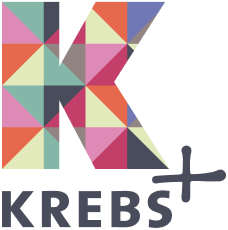Why creativity? Because if one thing has become clear, it's that many of the traditional ways we've been operating no longer work or make sense to us. Previously known answers no longer necessarily work. It's necessary to "think outside the box," to consider unlikely scenarios, in order to arrive at new ways of thinking and responding to the environment. Nor is it enough to do the same thing, but better. It's necessary to do things differently.
Why collaboration? Because it's also clear to us that individualistic responses or those created by a few no longer have a place. Because community, common goals, and shared effort have become deeply embedded in society and work teams. Therefore, the dynamics of idea generation must also change for their results to be meaningful.
Creativity and collaboration, you could say, go hand in hand. Because by collaborating with others, opening myself up to exchanging ideas, and sharing my solutions with others for feedback, I can undoubtedly be more creative and productive. Collaboration increases when we create creative spaces. Creativity flourishes when we collaborate.
What is the challenge for leaders? To generate the dynamics and opportunities necessary for both creativity and collaboration to flow. Looking back at human history, this is what the Medici did. An Italian family that brought together actors from the most diverse disciplines (poets, philosophers, sculptors, architects, physicians, scientists, etc.) to create and work together. From that intersection of ideas and ways of thinking, one of the most creative eras in our history emerged: the Renaissance.
What should leaders do, then? Recreate these intersections. Challenge their teams to think differently. Have them work with people from other areas or even other industries. Get them out into the world, attend seminars, have meaningful conversations. Ask them the right questions, impose constraints on their proposals, force them to imagine adverse scenarios.
There are techniques, strategies, and methodologies specifically designed to foster these dynamics and intersections in work teams, in order to generate innovative solutions. Agile Methodologies, Design Thinking, and others, respond to this. Ultimately, what they all seek is to challenge teams to collaboratively generate out-of-the-box responses, as they incorporate different perspectives and are generated from various iterations with the environment and the team members themselves.


